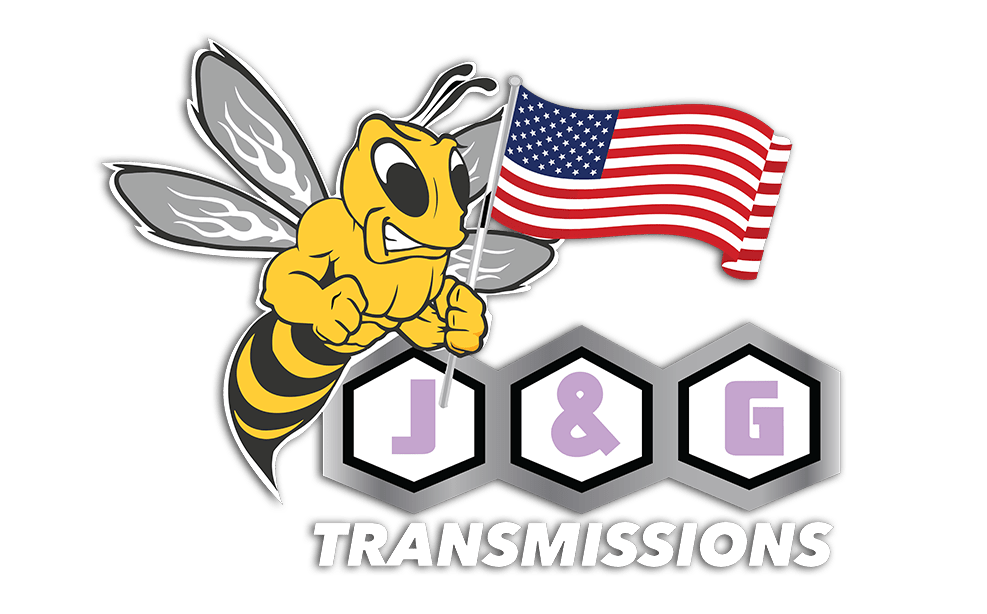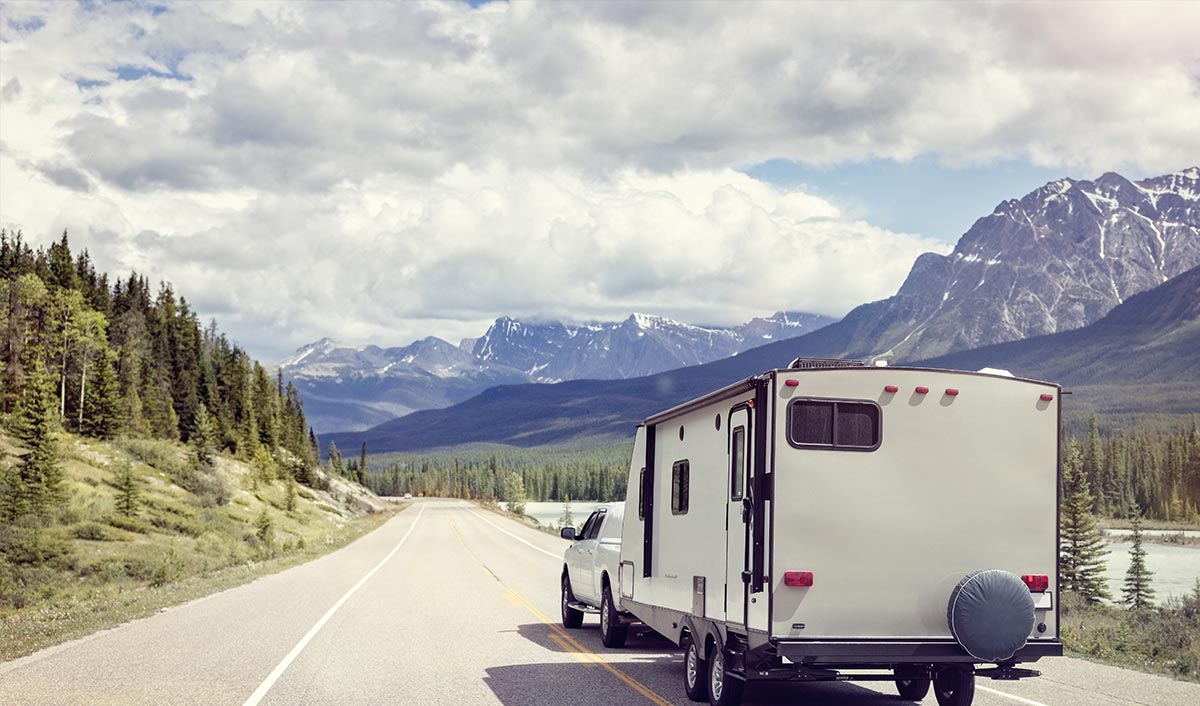1. Stay Within Your Limits. Review the towing capacity of your specific vehicle and ensure it’s capable of handling the weight of your trailer. Exceeding the maximum towing capacity can result in dangerous handling, insufficient braking performance, or serious damage to the vehicle’s suspension, engine, transmission and drivetrain. In addition to ensuring your vehicle’s towing capacity is sufficient for your trailer, also make sure your trailer hitch is capable of handling your trailer’s loaded weight. Your hitch should be labeled with the maximum trailer and maximum tongue weights it can safely support. Depending on the weight of your trailer, you should also follow your owner’s manual’s recommendations regarding the use of weight carrying or weight-distributing hitches.
Don’t assume all versions of a certain model line share identical tow ratings. Towing capacities can differ by body styles, bed lengths, transmissions, engines, drivelines, and other equipment installed on the vehicle. Likewise, different hitch designs can handle different weights, and certain designs may be required for trailers over a certain weight. Always check the owner’s manual for the vehicle’s towing capacity.
If you plan on also carrying extra cargo or several passengers, you should also ensure you’re not overloading the tow vehicle itself. Refer to the gross vehicle weight (GVW) issued for your particular vehicle and ensure your loaded vehicle does not exceed the manufacturer’s rating. Likewise, ensure your loaded vehicle and loaded trailer do not exceed the gross combination weight rating (GCWR) set by the manufacturer.
2. Pack your trailer properly. Not only is it incredibly important to stay within the trailer’s maximum load capacity, but it’s also important to ensure any cargo is properly positioned. Not only do you want roughly 60% of the trailer’s load placed over the front half of the trailer, but you also should load it in a way that results in a tongue weight on conventional hitch trailers that is between 10-15% of the total weight of the loaded trailer. Ensure weight is evenly distributed on the left and right sides of the trailer. Once the load is properly distributed and the ideal tongue weight is achieved, all cargo should be secured to prevent the load from shifting.
3. Check your tires. This goes for both your tow vehicle and your trailer. Tires that are not properly inflated can negatively affect handling. Further, underinflated tires can create more rolling resistance, which not only forces the engine to work harder and consume more fuel, but also increases tire temperatures and may contribute to a blow-out. Refer to the tire pressure label placed in the driver’s doorjamb for proper inflation pressures for the tow vehicle. Additionally, check the speed rating on the tires for both your tow vehicle and trailer, and ensure you never exceed that speed while on the road.
Preparing for a long trip? Check the tire pressures of the spare tires provided for your vehicle and your trailer and ensure they’re inflated up to spec. Additionally, consider allowing more time to inspect your trailer’s hub bearings before towing, and ensure they’re in good order and properly greased.
4. Check your lights. The taillights and marker lights on your trailer may seem superfluous, but they’re quite important. Large trailers or loads may block the view of the tail lights on your tow vehicle. If the lights on your trailer aren’t illuminated, other drivers may not see your vehicle, especially at night. Accidents can occur if the tail lights are not working. Have someone stand behind the vehicle while it is in park to check the turn signals, tail lights and brake lights function properly.
5. Check Your Brakes. Smaller, lighter trailers may not need trailer brakes of any kind, but heavier trailers, or those designed to carry heavier loads, will usually incorporate a trailer brake system. Most truck manufacturers have trailer brake requirements above varying weights.
Regardless of trailer brake type, make sure the emergency “breakaway” cable is properly attached to your tow vehicle. In case your trailer somehow disconnects from the hitch, this cable is designed to trigger the brakes on the trailer and quickly bring it to a halt.
6. Adjust Your Mirrors. Before taking off, make sure your side-view mirrors are adjusted to create a clear view that extends to the end of the trailer. Many manufacturers offer mirrors specifically designed for towing that extend in order to expand the mirror’s field of vision.
Special thank you to GMC Life for the article content
Visit the J&G Transmissions official blog for more how-to’s for your pickup truck.

